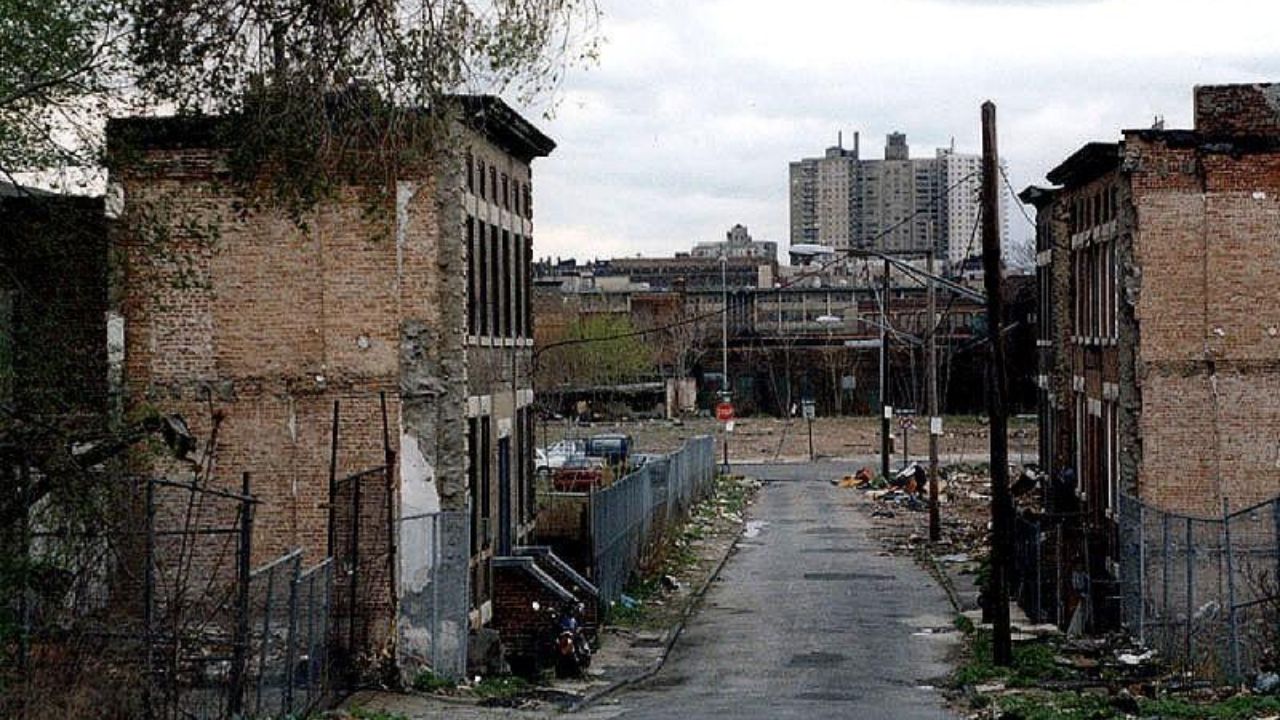Bronx County, also known as the Bronx, stands as one of New York City’s five boroughs and holds the distinction of being the nation’s third-most densely populated county. As of the 2020 census, it was home to approximately 1.4 million residents. However, its economic landscape paints a less rosy picture.
In 2020, the county’s median household income was recorded at $43,011, lagging behind both the state average of $64,034 and the national average of $67,521. Furthermore, Bronx County grappled with a poverty rate of 26.4% in 2021, surpassing both the state rate of 13.9% and the national rate of 12.8%.
Yet, it’s crucial to note that not all corners of Bronx County share equal levels of economic prosperity and social well-being. Some neighborhoods within the Bronx face a host of challenges, including low incomes, high poverty rates, elevated unemployment, limited educational opportunities, and insufficient access to healthcare and social services.
In this article, we’ll delve into five of the county’s most impoverished neighborhoods, drawing upon data from the U.S. Census Bureau’s American Community Survey (ACS) for the 2017-2021 period. The following key indicators will serve as our yardstick for assessing poverty:
1. Hunts Point
Hunts Point, situated in the southeastern part of Bronx County, adjacent to Longwood and Port Morris, predominantly boasts a Hispanic population that mirrors the area’s rich cultural and linguistic diversity. Despite being home to approximately 28,000 residents, Hunts Point faces considerable socio-economic challenges. According to ACS data, Hunts Point recorded:
- A median household income of $24,000, a striking 44.2% below the county median and a staggering 64.4% below the national median.
- A poverty rate of 49%, almost doubling the county’s rate and nearly quadrupling the national rate.
- An unemployment rate of 16%, more than double the county average and national average.
- An educational attainment rate of just 48%, meaning that less than half of its adult population had completed high school or higher.
Also Read:
2. Mott Haven
Mott Haven, located in the southwestern part of Bronx County, close to Melrose and Port Morris, stands as an urban enclave characterized by a diverse population, including Hispanics, Blacks, Whites, and Asians. With around 70,000 residents, Mott Haven faces significant economic hardships. ACS data reveals that Mott Haven registered:
- A median household income of $25,000, a notable 41.9% below the county median and a substantial 62.9% below the national median.
- A poverty rate of 46%, nearly double the county’s rate and over three times higher than the national rate.
- An unemployment rate of 15%, more than twice the county average and national average.
- An educational attainment rate of 54%, indicating that just over half of its adult population had completed high school or higher.
Also Read:
3. Morrisania
Morrisania, situated in central Bronx County, in proximity to Claremont Village and Crotona Park East, is an urban neighborhood with a predominantly Black or African American population. With around 37,000 residents, Morrisania grapples with severe socio-economic challenges. According to ACS data, Morrisania experienced:
- A median household income of $26,000, marking a substantial 39.6% drop below the county median and a significant 61.4% drop below the national median.
- A poverty rate of 44%, nearly doubling the county’s rate and more than tripling the national rate.
- An unemployment rate of 14%, more than twice the county average and national average.
- An educational attainment rate of 60%, indicating that only about three-fifths of its adult population had completed high school or higher.
Also Read:
4. Highbridge
Highbridge, nestled in western Bronx County, near Concourse Village and Mount Eden, boasts a diverse population encompassing Hispanics, Blacks, Whites, and Asians. This neighborhood, home to roughly 38,000 residents, grapples with substantial socio-economic difficulties. According to ACS data, Highbridge reported:
- A median household income of $28,000, signifying a 34.9% dip below the county median and a 58.5% dip below the national median.
- A poverty rate of 40%, exceeding the county rate by more than one-and-a-half times and more than tripling the national rate.
- An unemployment rate of 13%, more than twice the county average and national average.
- An educational attainment rate of 63%, indicating that only about two-thirds of its adult population had completed high school or higher.
Also Read:
5. Fordham
Fordham, positioned in north-central Bronx County, near University Heights and Belmont, presents an urban environment with a diverse population mix, including Hispanics, Blacks, Whites, and Asians. Home to approximately 64,000 residents, Fordham contends with significant socio-economic challenges. According to ACS data, Fordham recorded:
- A median household income of $29,000, marking a 32.6% dip below the county median and a 57% dip below the national median.
- A poverty rate of 38%, nearly double the county rate and almost triple the national rate.
- An unemployment rate of 12%, almost twice the county average and national average.
- An educational attainment rate of 66%, signifying that only about two-thirds of its adult population had completed high school or higher.
Also Read:
Conclusion
Bronx County, also known as the Bronx, boasts a diverse and historically significant landscape characterized by high population density and a robust economy. Nonetheless, it grapples with glaring disparities in income, poverty, unemployment, and educational attainment across its neighborhoods. Some of the most economically challenged areas within Bronx County include Hunts Point, Mott Haven, Morrisania, Highbridge, and Fordham.
These communities wrestle with multiple hurdles, including low incomes, elevated poverty rates, substantial unemployment, limited educational opportunities, and restricted access to healthcare and social services. Addressing these challenges necessitates collaborative efforts from various stakeholders to enhance the well-being and quality of life for the residents.
